Curious why some color combinations exude sophistication, while others fall flat? What’s the secret to making colors sing together?
Let’s unlock the principles of color coordination, empowering you to craft head-turning outfits with ease. Packed with practical tips, this guide is a must-learn and a perfect bookmark for future fashion adventures!
Hue Pairing
Pairing two distinct colors is known as hue pairing. Here’s where the magic begins!
Analogous Color Scheme
Red and orange, for example, are close neighbors on the color wheel, creating an analogous color scheme. The same goes for blue and green. When using analogous colors, keep their brightness, saturation, and coverage balanced. Their inherent similarities allow both colors to shine brightly in similar proportions.
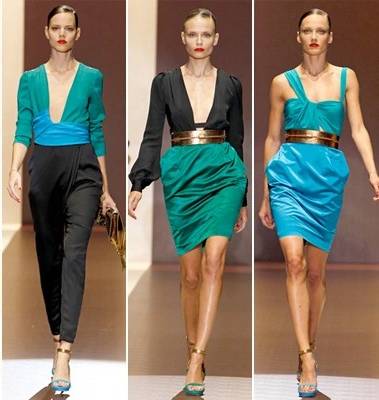
Complementary Color Scheme
Complementary colors sit opposite each other on the color wheel, creating a striking juxtaposition when used in equal amounts.
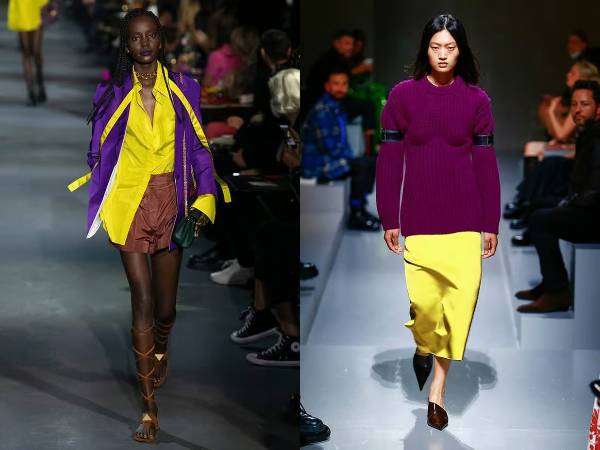
To tame the boldness, consider reducing the saturation of both colors, resulting in a more sophisticated aesthetic.
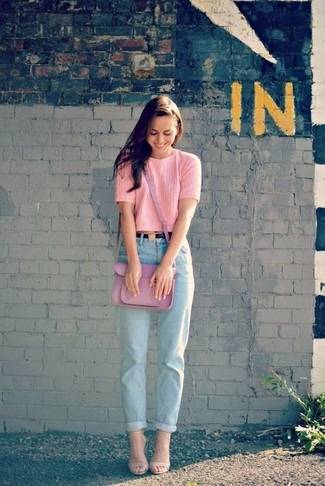
Tone Pairing
Tonal harmony arises from the masterful combination of variations within a single color family. Take orange and brown, for instance. They belong to the same family, with brown simply being a darker, less saturated version of orange. This harmonious pairing exemplifies tonal harmony.
Tips:
Hue pairing injects a fashionable touch, while tonal pairing, with its play of light and dark shades within a color family, conveys a sense of sophistication, composure, and a subtle hint of trendiness.
For professional settings where poise meets a touch of style, tonal harmony is your go-to. When seeking a fashionable, personalized look for outings or fashion week escapades, embrace hue pairing.
4 Core Principles
Both hue pairing and tonal harmony adhere to these core principles:
Color Gradation
Tonal harmony is essentially a color gradation, making it a widely used approach in everyday life.
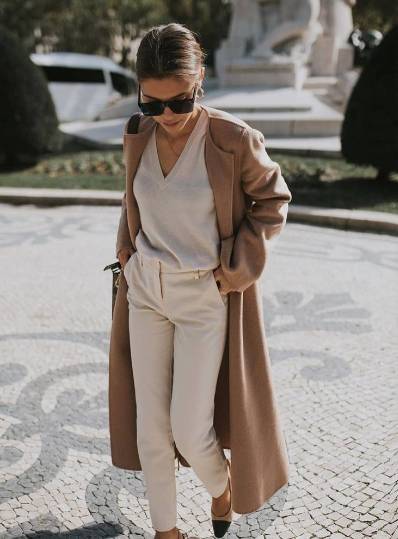
Area Ratio of 3:2:1
The key to sartorial elegance lies in color coordination, and the 3:2:1 ratio serves as a guiding principle. Allocate 3 parts to your primary color, 2 parts to your secondary color, and 1 part to your accent color.
If two colors clash, maintain the vibrancy of one while subduing the other to achieve harmony.
The marriage of dark and vibrant colors, like a dark outfit complemented by vibrant accessories, creates a visually pleasing ensemble.
When coordinating an outfit, strive for a combination of primary, secondary, and accent colors to elevate your overall style.
Hair color also plays a role in color coordination. While Europeans can effortlessly carry off black attire, Asians may find it appear somber due to their predominantly dark hair. The contrasting hues of European hair harmonize with black ensembles.

Emphasis Pairing
To enliven an outfit dominated by similar colors, introduce a small area of vibrant color to draw the eye. This technique, known as “emphasis pairing,” adds a touch of dynamism to the overall look.
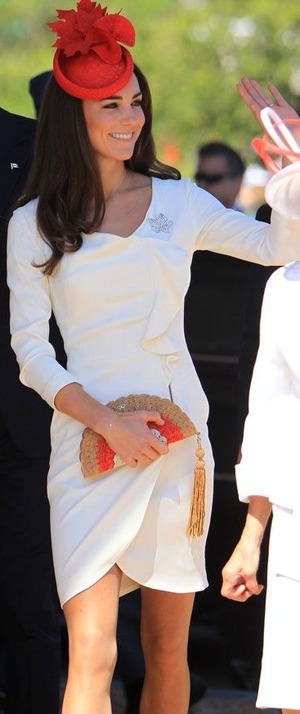
Isolation Pairing
When pairing contrasting hues like red and green, introducing neutral colors like black, white, gray, or brown can mediate the contrast and achieve visual balance. This color coordination technique is known as “isolation pairing.”

Color Coordination for Different Seasonal Types
Each seasonal type flourishes with a unique color palette that complements their natural coloring:
Spring and winter types thrive with hue pairing, embracing high-saturation, vibrant colors for a striking contrast.
Summer and autumn types excel in tonal harmony, creating a sense of refinement, sophistication, and luxury. To infuse a touch of trendiness, maintain tonal harmony for larger areas while employing contrasting hues in smaller areas, achieving a balance between elegance and individuality.
Embrace the power of color coordination and embark on a journey of self-expression through fashion. Transform your wardrobe into a reflection of your unique style and personality!
Further Reading:
The Strategic Use of Color in Personal Branding
5 Easy Steps to Create a Flawless Base Makeup
How to Contour & Highlight in 3 min? Every Face Shape Guide
How to Choose the Best Hair Length for Your Vibe?
13 Global Renowned Brands & Their Sub-Brands
